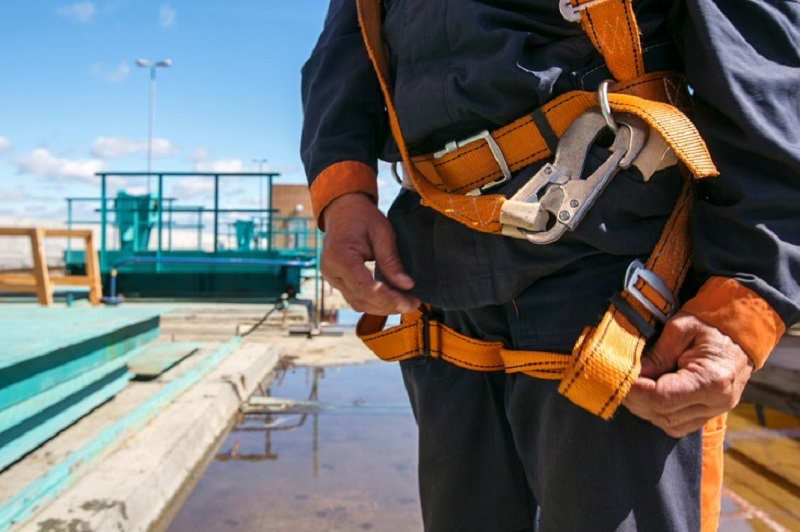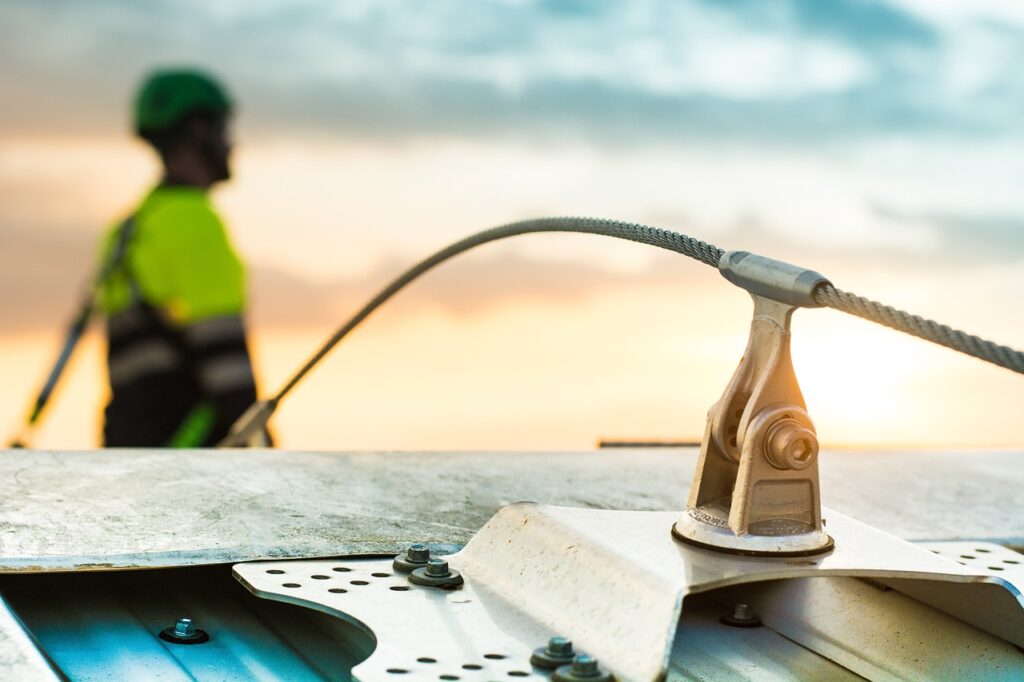Innovative Trends In Height Safety Installation

Imagine a world where architectural design and safety standards achieve the perfect balance. Can you conjure a mental image of skyscrapers, where employees are working safely and confidently at extreme heights, simultaneously offering an impressive aesthetic appeal? These visions may seem far-fetched, but the realm of interior and exterior design takes vast strides toward this future every single day. Today, the focus of our conversation pivots towards the innovative trends in height safety design and installation—a crucial aspect that ensures that safety and style don’t have to be mutually exclusive.
Height safety measures are no longer mere afterthoughts in the creative process of designers and architects. Rather, they are being integrated into the initial blueprint of new buildings and major renovation projects, making our spaces safer, aesthetically pleasing, and more functional. This is especially pertinent in an era where cities continually reach for the skies, and height safety becomes an increasing concern.
Every year, new trends surface and redefine the standards of height safety measures, each more innovative and efficient than the last. So, without further ado, let’s delve into these contemporary developments and understand how they are improving the safety standards in architecture.

Embracing Technology For Enhanced Safety
The advent of technology has spurred countless innovations, and height safety installation is no exception. The integration of cutting-edge tech in safety installations like fall arrest systems, restraint equipment, and even ladder stabilization systems has made them more reliable and easy to use.
Virtual reality (VR), for instance, has brought about significant change, enabling workers to familiarize themselves with high-risk situations without actual exposure. This reduces accidents derived from panic or unfamiliar environments, ensuring workers are well-prepared for real-world scenarios.
On the infrastructure end, technology has allowed for smarter safety designs. Systems can now detect issues or potential hazards early, thus lessening the risk of falls. Combining sensor technologies with data analytics can even predict wear and tear, helping in preventative maintenance.
Biophilic Design Integration
Infrastructure that merges flawlessly with nature is an emerging trend in the design realm, and it has lent itself to height safety installation as well. Employees feel more relaxed and focused when exposed to natural elements, promoting a healthier work environment.
Biophilic designs take advantage of this by integrating height safety features into green spaces—reducing the industrial nature of safety installations. This encourages more employee engagement with these safety measures, maintaining an environment that is both productive and safe.
Aesthetic Safety Systems: An Architectural Asset
Height safety installations, for the longest time, were seen as an eyesore. However, the recent years have witnessed an aesthetic revolution in these installations—they’re no longer just about function but also form.
Highly functional yet visually appealing solutions like cable systems are now preferred to bulky railing systems. Even safety lines can be subtly incorporated into design elements, proving that safety and style can indeed walk hand-in-hand.
Prioritizing Training And Awareness
With better and more advanced safety systems being introduced, it’s paramount for workers and inhabitants to understand how to use them effectively. More companies are investing in regular, in-depth training sessions about height safety measures.
Apart from this, there’s a steady shift towards cultivating a safety conscious environment. This includes regular audits, safety drills, and consistent updates on height safety standards, creating an atmosphere that emphasizes safety above all.
Regulatory Compliance
While innovations and technology continue to evolve, compliance with the safety regulatory authority is as important as ever. Companies are aiming to create designs and installations that not only push the boundaries of innovation, but also align with safety regulations.
Keeping updated with the changing safety norms and designing accordingly ensures that the buildings are safe, less prone to legal liabilities, and solidify a company’s reputation as a responsible entity.
Customized Safety Solutions
In line with the trend of personalization, height safety solutions are being customized to cater to the specific needs of the building and its inhabitants. This maximizes efficiency while ensuring each unique height-risk is taken care of.
From modular fall protection systems that can adapt to different structures, to customized emergency descent devices, safety in the skyscraper ecosystem has become more precise and reliable than ever before.
When it’s about height safety, utter vigilance, innovative design and well-planned execution are the need of the hour. We’ve seen an influx of developments—from integrating the latest tech to more aesthetic and personalized solutions. This not only makes our skyscrapers safer, but also more pleasing to the eye, attributes that go hand-in-hand in the future of architectural design.
Our buildings, much like our ambitions, are reaching the skies— and the trends in height safety installations are evolving powerfully to keep up. The future holds boundless possibilities on this front, and we’re excited to see how these heights shape our world.
-
-
-
-
/ 0 Comments